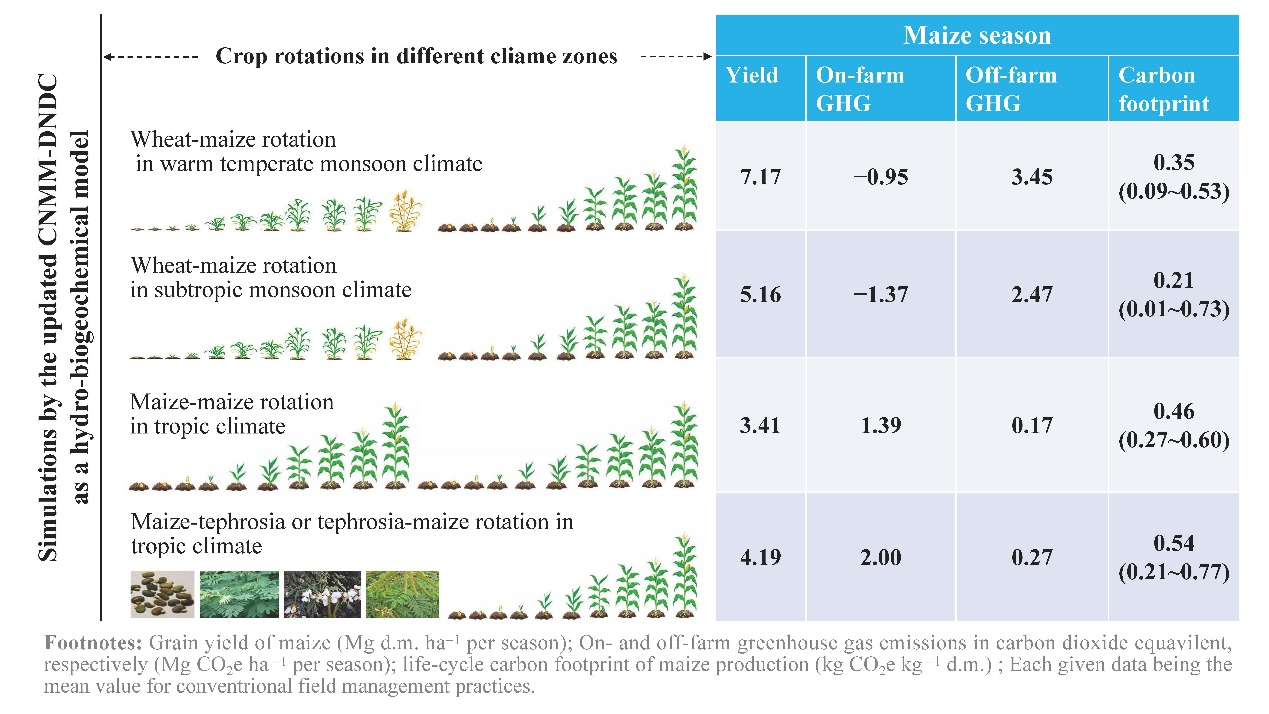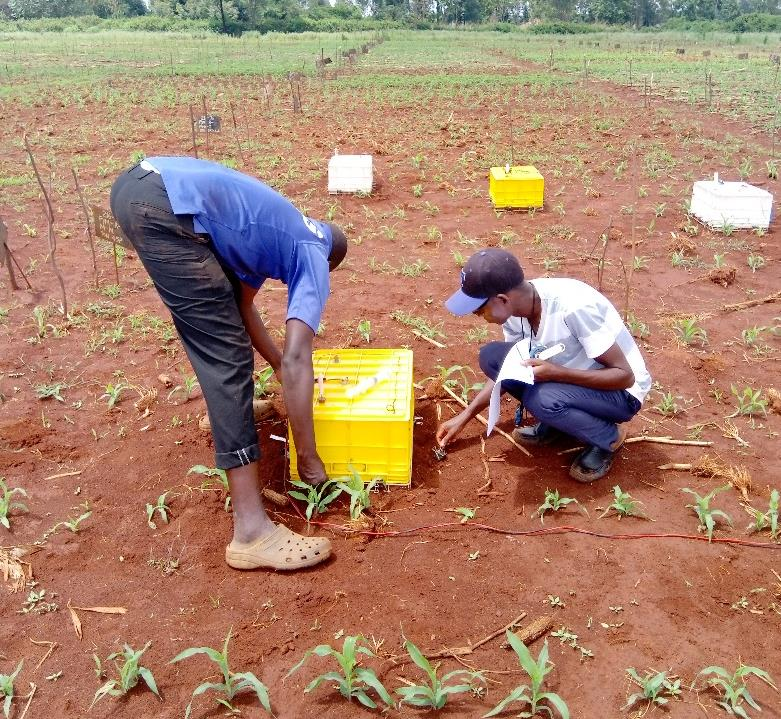
Led by the Institute of Atmospheric Physics of the Chinese Academy of Sciences, a new international study has provided farmers and policymakers with a roadmap to grow maize—one of the world's most vital crops—in a way that balances high productivity with planetary health.
The research, published in Advances in Atmospheric Sciences, identifies specific farming practices capable of cutting greenhouse gas emissions from maize cultivation while maintaining high yields, marking a step toward advancing sustainable global agriculture.
To conduct the analysis, the researchers employed CNMM-DNDC, a computer model, to calculate the full "carbon footprint" of maize production across three distinct climatic zones: temperate regions (China), subtropical regions (China), and tropical regions (Kenya). The carbon footprint assessment covered all greenhouse gas emissions generated from fertilizer production through to crop harvest.
"The core challenge has always been finding solutions that can both feed the world and protect it," said Dr. LI Siqi, the study's lead author, explaining the motivation behind the research. "By integrating a 'cradle-to-gate' tracking method into our model, we can now precisely quantify the greenhouse gas emissions associated with farm operations and supply chain activities per unit of maize."
The study revealed the strong link between a farm's carbon footprint and its local climate and soil conditions. Subtropical regions (e.g., Yanting, China) recorded the lowest carbon footprint, thanks to efficient soil carbon storage and reduced emissions from fertilizer manufacturing.
In contrast, temperate regions (e.g., Yongji, China) had a moderate carbon footprint, where significant soil carbon storage helped offset high emissions from the fertilizer supply chain.
Tropical regions (e.g., Madeya, Kenya) faced the greatest challenge, with the highest carbon footprint driven primarily by soil carbon loss and lower yields—factors that increased the carbon intensity of each harvested kilogram of maize.
"Our study, which examines shifts in greenhouse gas emissions under integrated soil fertility management in long-term maize trials, provides evidence to support climate-smart intensification efforts in Africa," noted Peter Bolo, a co-author of the study and researcher at the International Center for Tropical Agriculture in Nairobi.
Beyond identifying regional challenges, the study presents practical "win-win" strategies to reduce emissions while maintaining crop yields. By blending synthetic and organic fertilizers, the researchers decrease dependence on energy-intensive synthetic products, thereby lowering off-farm emissions from fertilizer production and transport.
Another recommended approach is recycling crop waste by returning leftover stalks and leaves to fields. This not only enhances soil health but also transforms farmland into a natural carbon sink, drawing carbon dioxide from the atmosphere. The study highlights that this practice yields the most significant benefits in tropical regions, where soils require the greatest support for carbon retention.
This study establishes a data-driven foundation for the global agricultural community to adopt climate-smart farming practices.

Carbon footprint simulated by CNMM_DNDC. (Image by LI Siqi)

Field measurement in maize cultivation systems of Madeya, Kenya. (Image by Peter Bolo)

86-10-68597521 (day)
86-10-68597289 (night)

52 Sanlihe Rd., Xicheng District,
Beijing, China (100864)

